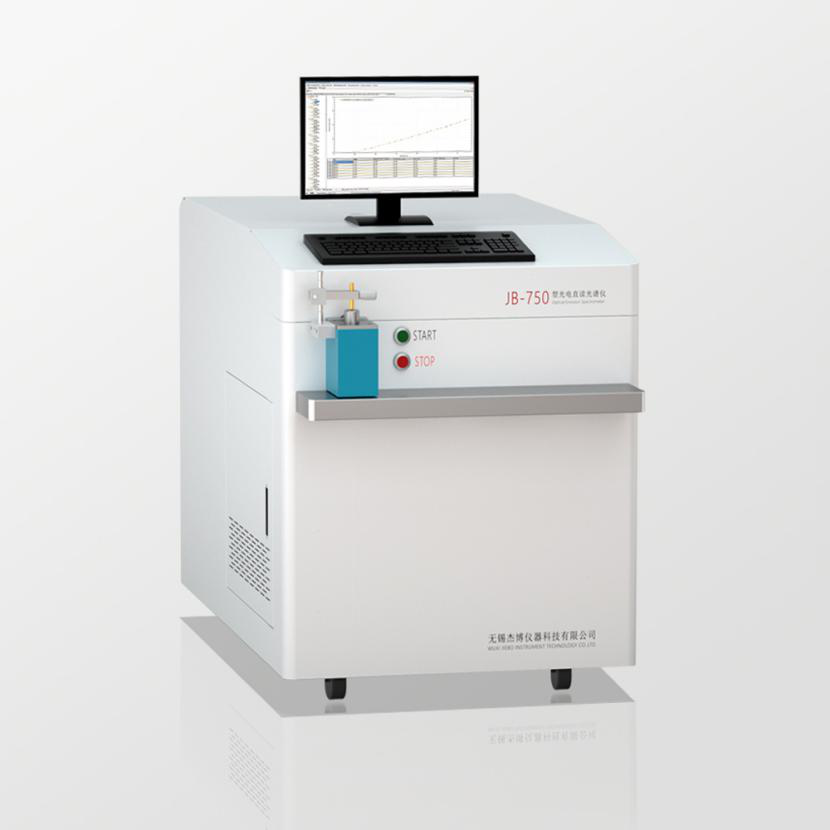Requirement Of Optical Emission Spectrometer For Testing Samples
Optical emission spectrometer is mainly used for the analysis of iron-based, aluminum-based, copper-based, and other substrates. So what are the requirements of the optical emission spectrometer on the sample being tested?

1. Blocky, conductive, non-powder, and the internal tissue must not be loose and porous.
2. The surface of the sample must be clean, free from contamination, without other substances, and not touched by hand.
3. The surface of the sample must be smooth and flat, not too small, it can cover the excitation hole well, and the plane must be at least 13mm.
4. The thickness of the sample ≥ 4mm must not have defects such as trachoma, cracks and segregation;
Sample preparation requirements: In general, ferrous metals such as iron-based materials require spectroscopic grinding machines or grinders to grind samples; samples of non-ferrous metal substrates such as aluminum and copper need small lathes or mills; Samples can be ground (as-cast samples need to be cut first). The surface of the ground sample is required to be flat and clean, with clear lines and suitable temperature. In addition, samples of different substrates should not be prepared on the same sandpaper.
Among them, cast iron must be whitened before analysis, and the following points should be noted when whitening:
1. Don't cast too fast to avoid segregation;
2. Generally, sample molds are usually used for casting. The samples should be 35-40mm in diameter and 6-8mm thick, so that the sample cools quickly and the white mouth is good. Take it out about 30 seconds after the molten iron is poured.
[Pre:Influence of Water Factors on Results of Infrared Carbon and Sulfur Analyzer]
